How can those held back by hops prejudice to overcome the bitter taste left in their mouth?
The word “craft beer” has garnered some unsavory connotations over the past few years – for those wary of hipster pretension, unkempt beards, thick-framed glasses and “Cascade hops” dropped casually in dinner conversation come to mind. But unlike the hipster phenomenon, craft beer is here to stay – and believe it or not, we can all be very happy that’s the case. Craft beer comes in every shape, size and flavor profile. It doesn’t transmit smugness and it doesn’t cause a beard to grow in thick and full at first sip. When it comes to beer, there’s something for everyone, at every price point. And while craft beer is currently enjoying a global renaissance, its history is way older than the gentrification of Brooklyn. Countries all over the world have a long history of production of artisan beers, but we in the America are only just beginning our foray into the beautiful world of craft beer.
How can those held back by hops prejudice overcome the bitter taste left in their mouth? How can those unacquainted with the joys of craft beer catch up? We consulted craft beer expert Julian Kurland, beer cicerone (think of it as a sommelier, but for beer) at the Cannibal Beer & Butcher to help begin your love affair with craft beer.
What makes Kurland an expert? Born and raised in Los Angeles, transplanted to London in his teens, and formally educated at the French Culinary Institute in Soho, New York, Kurland began his craft beer career upon graduating and joining the team at The Cannibal Beer & Butcher NYC where he now runs their beer list, which tops out at an daunting 405 beers, including seven on tap. If this man can’t help you understand beer, no one can.
Contents
Kurland’s Craft Beer Background
How did Kurland’s own love affair with craft beer begin? “It was Bell’s Oberon when I was visiting my twin brother at college in Ohio,” Kurland recalls. “He was so excited for me to try a beer that didn’t taste like anything else — I was hooked from that moment on. When I got back to school, my friends and I immediately started buying all the craft beers we could find. We had no idea about style or which country produced the best, we just wanted to try as many different things as we could.” Then how did they decide what to try? Kurland and his friends adopted a tried-and-true method used by many a booze novice. “At that point it was all about the label,” he chuckles. “We would see these cool labels and get excited by them.”
Try Bell’s Oberon
A wheat ale fermented with Bell’s signature house ale yeast, mixing a spicy hop character with mildly fruity aromas. The addition of wheat malt lends a smooth mouthfeel, making it a classic summer beer. Brewed in Kalamazoo, Michigan. 5.8% ABV
Kurland learned quickly after moving to New York City. While meeting someone at Eleven Madison Park, he passed the time waiting for his friend by browsing the restaurant’s beer list. “I thought, ‘So they have one whole page of beers, that’s pretty impressive,’” Kurland remembers. “But then I flipped the page and the list kept going! Seven whole pages! It was unbelievable.” It wasn’t long after that he met Christian, the owner of The Cannibal Beer & Butcher, who introduced him to craft beer and food pairings. “It was the first time in my life I experienced what food and beer can do for each other,” Kurland explains.
Craft Beer for Beginners
So are you not a beer drinker? Do you think all craft beer tastes bitter? There’s so much more craft beer to discover.
First of all, let’s get one thing straight: not all craft beer is hoppy and bitter, and not all hoppy and bitter beer is overpoweringly so. A craft beer brewed to be hoppy can taste bitter but balanced. For the drinker seeking something far away from bitter beer altogether, Kurland suggests Scotch ales or Belgian Tripels, neither of which focus on hops.
Kurland explains: “Scotch Ales pour slightly dark but showcase an almost caramel and toffee like sweetness, without a lot of residual sugar. A good one to start with would be a 60/ (the / means shilling and is a historical indicator of strength of the beer). This would ensure that the finish is light and dry and not overly sweet.”
Try Belhaven Scottish Ale:
Malty and hoppy… Delivering a sweet, smooth and creamy finish…has a stunning ruby colour in the glass. Brewed in Scotland. 5.2% ABV
For those curious to try a Tripel, Kurland recommends: “A Belgian Tripel is much more common. Think Chimay White. Mildly spicy from the Belgian yeast, notes of stone fruit and honey blossom, with a nice warming effect from the high level of alcohol. The carbonation level is high, akin to sparkling wines.”
Try Chimay Tripel White:
Citrus-like aromas, hiding malt strength and flavor in the back that comes around after a few seconds. Great nose… Dark golden color with slightly off-white foam. Brewed in Belgium. 8% ABV
Craft Beer Flavor Profiles
It’s difficult to summarize all the flavors to expect when sampling craft beer. Kurland puts it, “The flavor profiles for craft beer are pretty much endless! That’s what makes craft so exciting. There are so many different ingredients that can be added to beer, so many styles that can be flipped on their head and interpreted differently from one brewer to another.”
Try Crooked Stave’s Fleur d‘lees:
Light lemony tartness on the nose and up front on the palate. Touch of vanilla and oak, with a touch of soft brett funkiness. Bone dry, light and refreshing. Brewed in Colorado. 5% ABV
According to Kurland, an easy way to describe what you’re tasting in craft beer is to use three categories: sight, smell and taste. “A lot of people forget how important smell and aroma is to drinking,” he explains. “Our taste and smell are intrinsically linked.”
Here’s how it’s done, Tasting 101 per Kurland:
- For sight: Describe the color of your beer, describe the clarity of the beer. More often than not, we can figure out what the taste of the beer is going to be (heavy, light) from the color.
- For smell: grainy, sweet, caramel, toast, dark fruit, stone fruit, pine, grass, flowers, citrus
- For taste: roasted, bitter, sweet, chocolate, mild, assertive, complex, intense, delicate, fruity, acidic.
What’s Kurland’s favorite flavor? “For me, personally, and I think a lot of at The Cannibal Beer & Butcher crew, dryness plays a big factor in beer,” he explains. “Whatever combination of flavors a beer presents, I’m always looking for dry.”
Cicerone Tips For Hosting a Dinner Party With Your Own Beer Pairings
Kurland instructs, “A beer with food should either compliment the food by matching flavors and cooking techniques, or it should contrast.”
It’s okay to keep things simple. “Remember that sometimes a good crisp lager can really clean your palate and get you ready for the next bite!” Kurland assures.
Try Oskar Blues Mama’s Little Yella Pils:
Built with 100% pale malt, German specialty malts, and Saaz hops…rich with Czeched-out flavor, its gentle hopping and low ABV (just 5.3%) make it a luxurious but low-dose refresher. Brewed in Longmont, Colorado.
He continues: “General rules of thumb would be that hop bitterness, malt and alcohol can balance out sweet or rich and fatty foods. Sweeter beers with a higher malt concentration will balance spicy foods and acidic food. That being said, beware of highly bitter beers with spicy foods! It will only serve to emphasize the heat.”
Try Lake Front Brewery’s Fixed Gear American Red:
Pours crimson with a white head and a floral-citrus aroma…immodest, malty spine and intrepid caramel flavors from caramel malts. Balanced citrus bite followed shortly by mild, fruity esters from the ale yeast. Brewed in Milwaukee, Wisconsin. 6.8% ABV
Afterall, What IS Craft Beer?
With the proliferation of microbreweries and the popularization of “craft beer”, how do you know that what you’re buying is indeed “craft beer”? Does the label even matter?
Kurland explains, “Every beer has its time and place. As we are talking about this, I’m sitting in a place that has zero air conditioning so a Miller High Life seems like the perfect beer.”
“That being said, there is a definition to craft beer. According to the Brewers Association, a brewery must be less than 6 million barrels a year and have a less than 25 percent ownership by a brewery that is not defined as craft. So to that end, the breweries that AB and other big corporations own are indeed craft. Some of our favorite breweries are expanding underneath the corporate umbrella. Firestone Walker, one of the country’s best craft breweries, just sold a stake to Duvel Moorgat, a Belgian based corporation. This doesn’t mean they are ‘selling out’ by any means. What most of these breweries gain is a larger distribution footprint and more resources. That sounds like a win win for me.”
Craft beers don’t just vary in taste, smell, color, brewery and country of origin. The way a beer is stored also affects its flavor. In America, we’re accustomed to finding beer in bottles, cans and kegs. Nowadays we’re finding beers served on Nitro as well. And in other parts of the world, especially the UK, you’ll find beer served from a cask. What difference does it all make?
American Keg Beers
“There certainly is the idea in the U.S. that kegged beer is better than bottles or cans,” Kurland agrees. “But there are always variables that can happen from the time the beer leaves the brewery and gets to your glass. Maybe the restaurant or bar didn’t store the keg properly, or let it settle for 24 hours between delivery and serving. Maybe the pressure is too high on the draft line or the lines aren’t getting cleaned regularly (a cardinal sin). These can all affect the liquid before it even gets to your glass. With bottles and cans, as long as it’s cold and has been stored out of direct light, you know you’ll always going to get a good product.”
U.K. Cask Beers
Are we Americans missing out on the deliciousness of beers straight from the cask, as our friends across the Atlantic enjoy? “I wish that cask beers had more of a presence in the U.S.,” Kurland opines.
He explains further: “[Cask beers] are beers that are served at cellar temp without carbonation. Generally, most American consumers find the beer to be off, as it’s slightly warmer than they are used to and there are no bubbles.” But rest-assured, slightly warmer, less fizzy beer has its time and place. Ask any Englishman and you’ll hear a hearty argument in favor of cask beers. Better yet, try a cask beer for yourself. Kurland claims, “You can find casks at most serious craft beer bars, where most will do a tap the cask night. A big issue is that as soon as you tap the cask, it has to be finished within a few days, as it is not being refrigerated like a keg.” So if you’re looking for a cask night, come thirsty.
Nitro Beers
More and more breweries are experimenting with the addition of nitro. “Personally, I love them,” Kurland says. “The flavor is not affected, but the texture and mouthfeel is. In certain instances, it can soften certain aspects of the beer, making it more creamy and smooth. Guinness was the first brewery that really served their beer on Nitro, so many other breweries followed with their stouts on Nitro. Now, we are seeing breweries expand their offerings in nitro to things like ESBs. It’s a trend that’s going to continue on over the next few years,” he predicts.
Try Left Hand’s Milk Stout Nitro:
Builds a tight, thick head like hard whipped cream. The aroma is of brown sugar and vanilla cream, with hints of roasted coffee. The pillowy head coats your upper lip and its creaminess entices your palate. Initial roasty, mocha flavors rise up, with slight hop & roast bitterness in the finish. Brewed in Longmont, Colorado. 6% ABV
Who Does Craft Beer the Best?
The diplomatic cicerone balks at the question, but Kurland admits, “I identify most closely with Belgians. I love saisons because they can be such a varied style and the flavors can change from brewery to brewery. It’s truly a different expression of the brewer and their ingredients.”
Try Jandrain Jandrenouille IV Saison:
Pours slightly hazy golden amber with a fine half finger white head… Aroma of slightly bready malt, peach and apricot, saison yeast, slightly floral… Flavor is a light, sweet wheat graininess, mild light stone fruit, lemon citrus, black pepper; earthy. Finishes quite dry with a light grassy hop bitterness. Brewed in Belgium. 6.5% ABV
Try The Bruery Reuze:
Aged sour blonde ale… Complex… Notes of hay, barnyard funk, apricots and olives play wonderfully with the balanced acidity. Brewed in Placentia, California. 5.9% ABV
Good for the Belgians, but let’s not forget where our real loyalties lie. “All that aside, I think that Americans are doing beer the best right now,” Kurland asserts. “We never had a long brewing tradition like Germany, England or Belgium. Instead, we have been left to create our own, and from that comes a certain fearlessness. American brewers are pushing boundaries and turning historical styles on their heads. The result is beer that might not always be a beer I want to drink every day, but it’s a beer that makes you think about what beer can be.”
Visit the Cannibal Beer & Butcher in New York on East 29th Street between Park and Lexington Avenues, or (coming soon) see Julian Kurland in Culver City, California at 8850 Washington Blvd in the PLATFORM development.



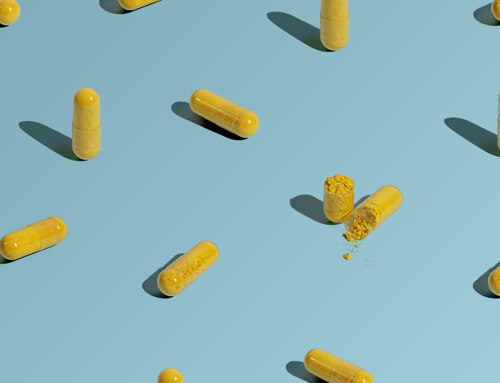
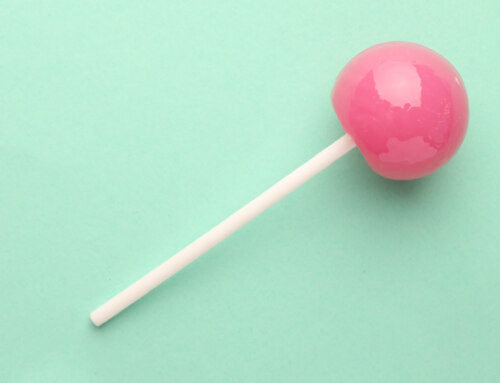
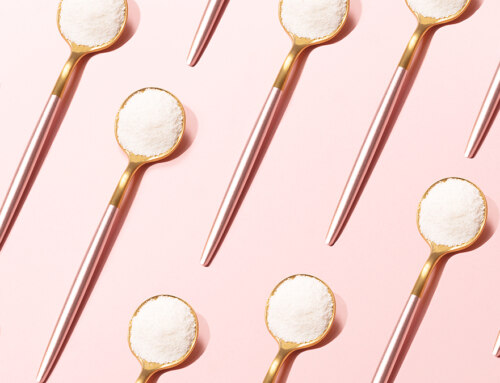
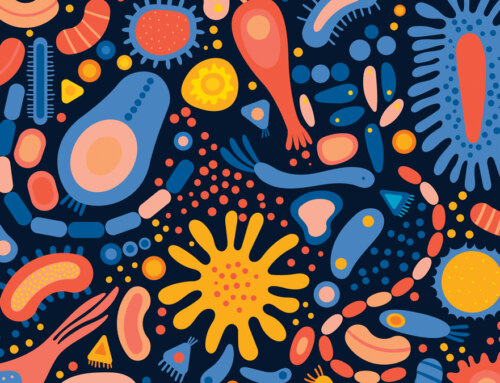
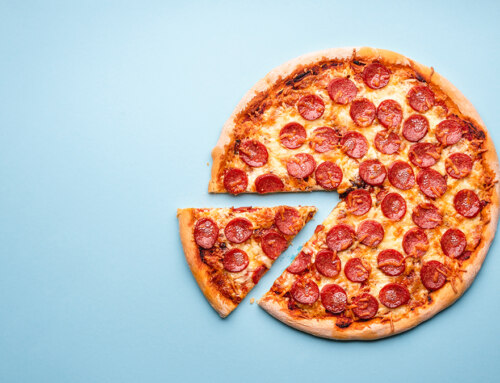
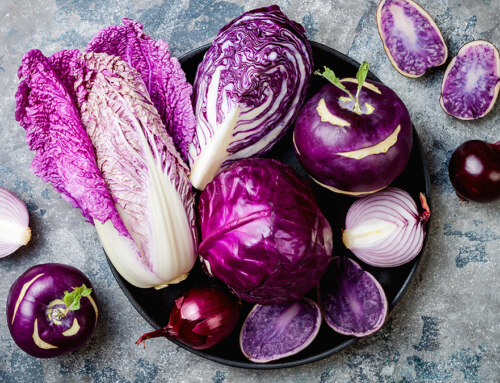
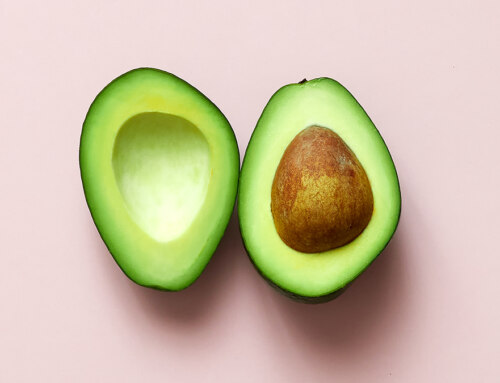
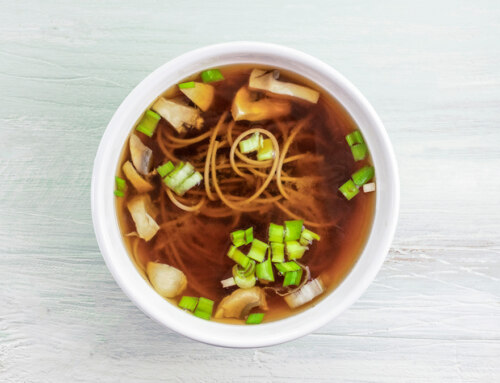



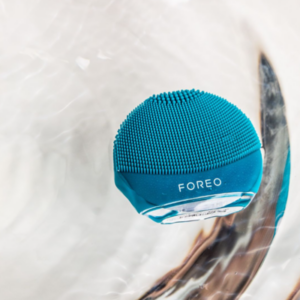


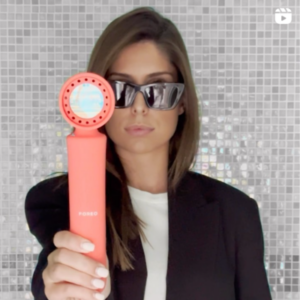
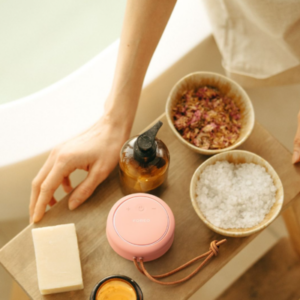


Leave A Comment